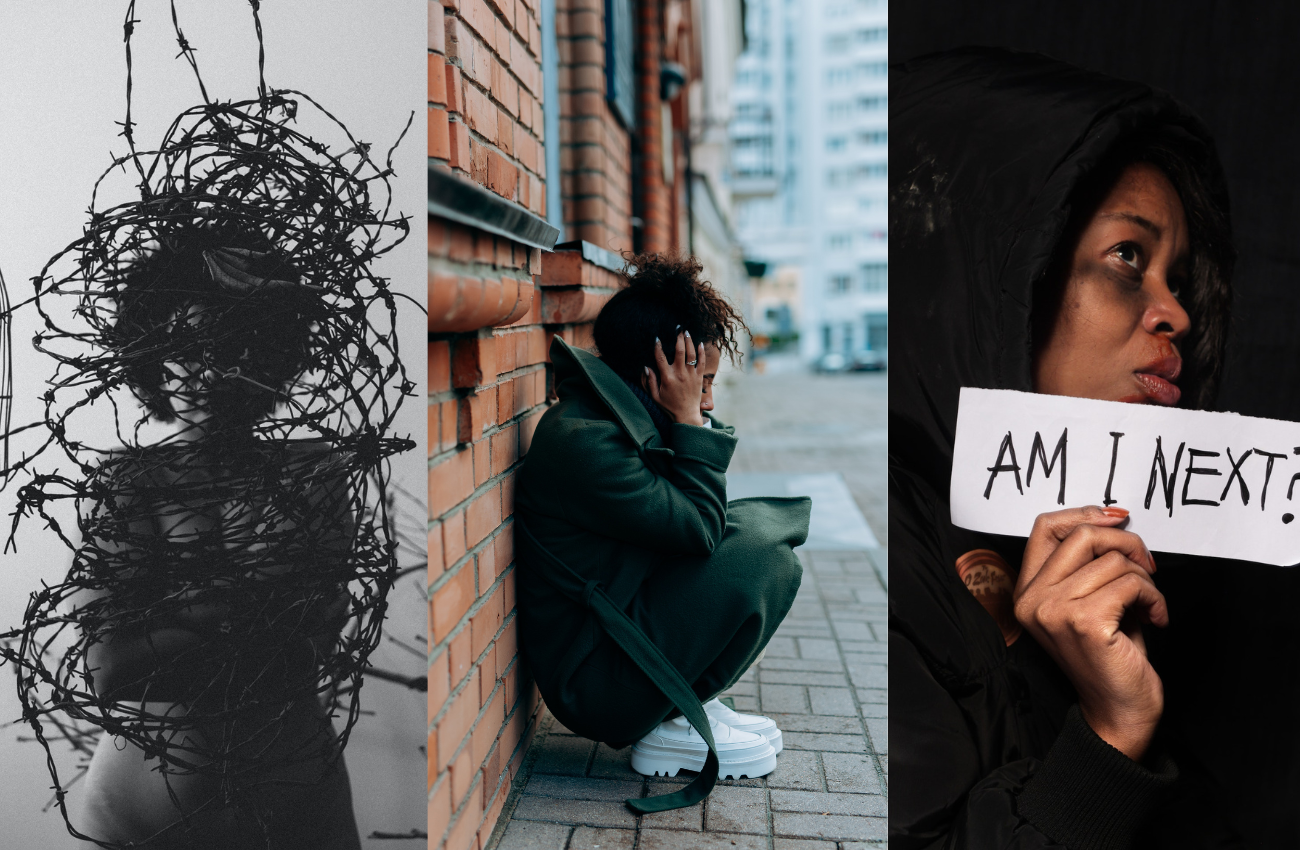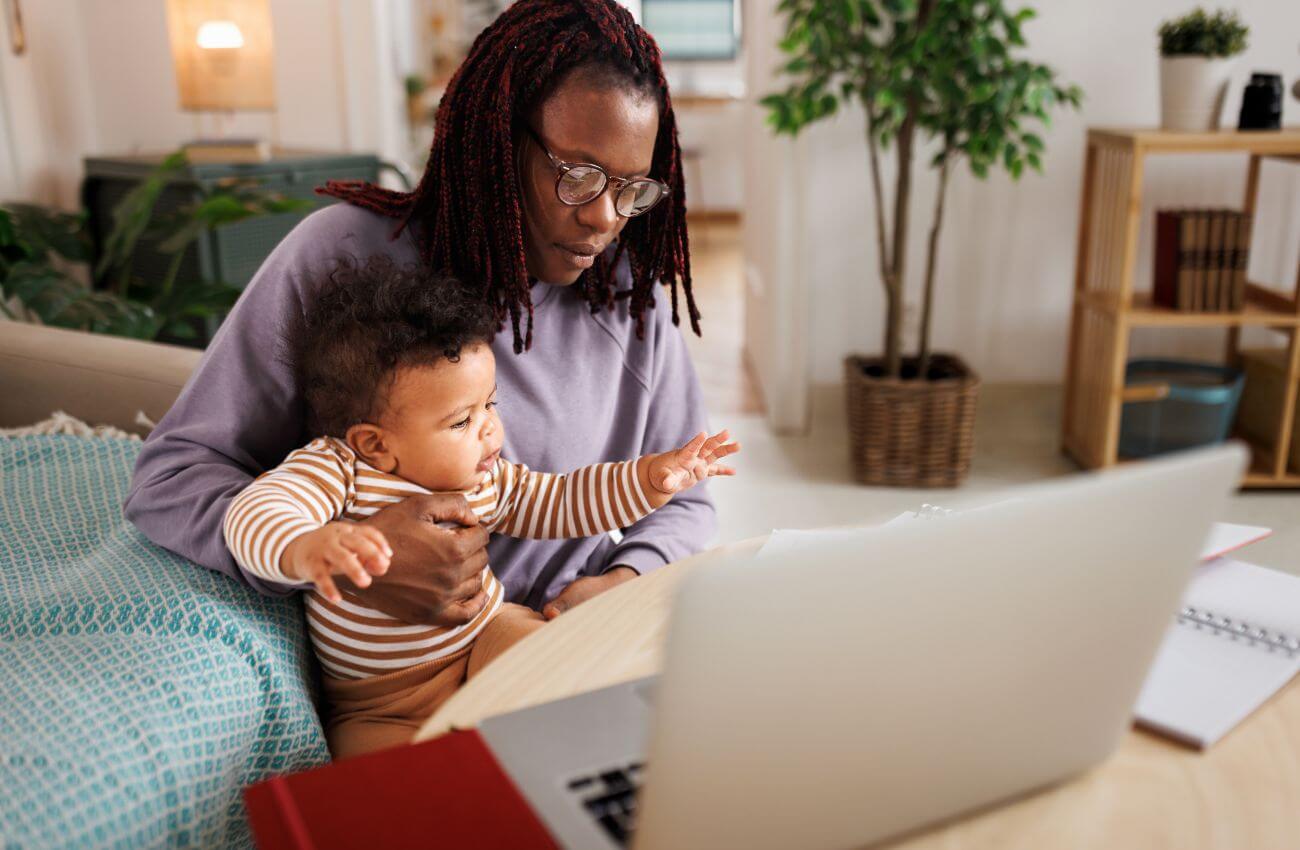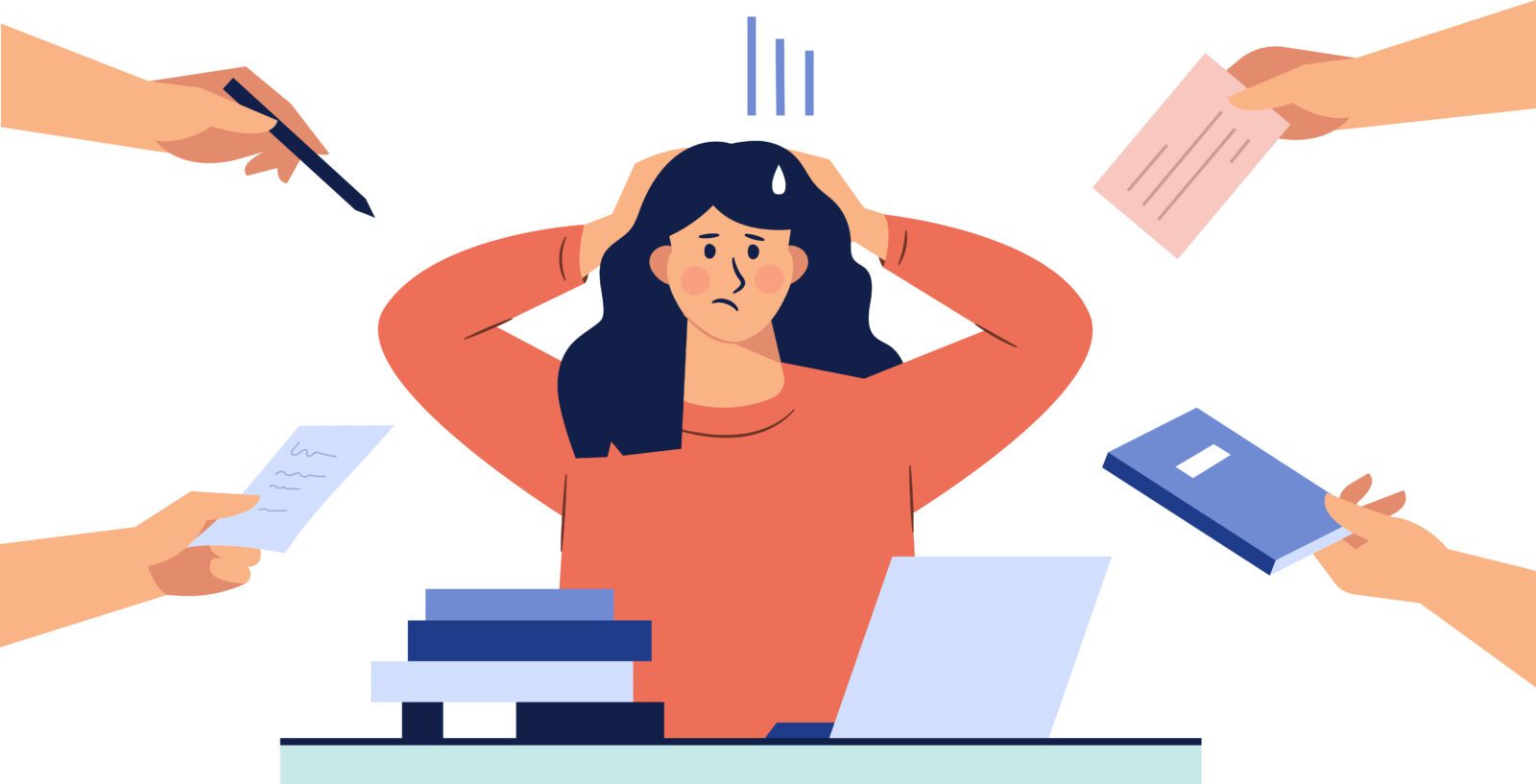If you feel like all it takes these days is to turn on the news to see yet another woman murdered, raped, kidnapped, or abused, you’re not wrong. Some alarming statistics show a real increase and a true epidemic of violence against women and girls in the U.K.
The impact and trauma of such violence ranges from severe mental health issues, suicide attempts and homelessness. You might have noticed recent campaigns all over the U.K. trying to tackle sexual harassment and domestic violence; they were posted all over the London Underground, National Rail trains as well as on the radio. So it’s clear to see that the government is acutely aware of the topic. However, when it comes to fixing this systemic and societal issue, they’re falling short to say the least.
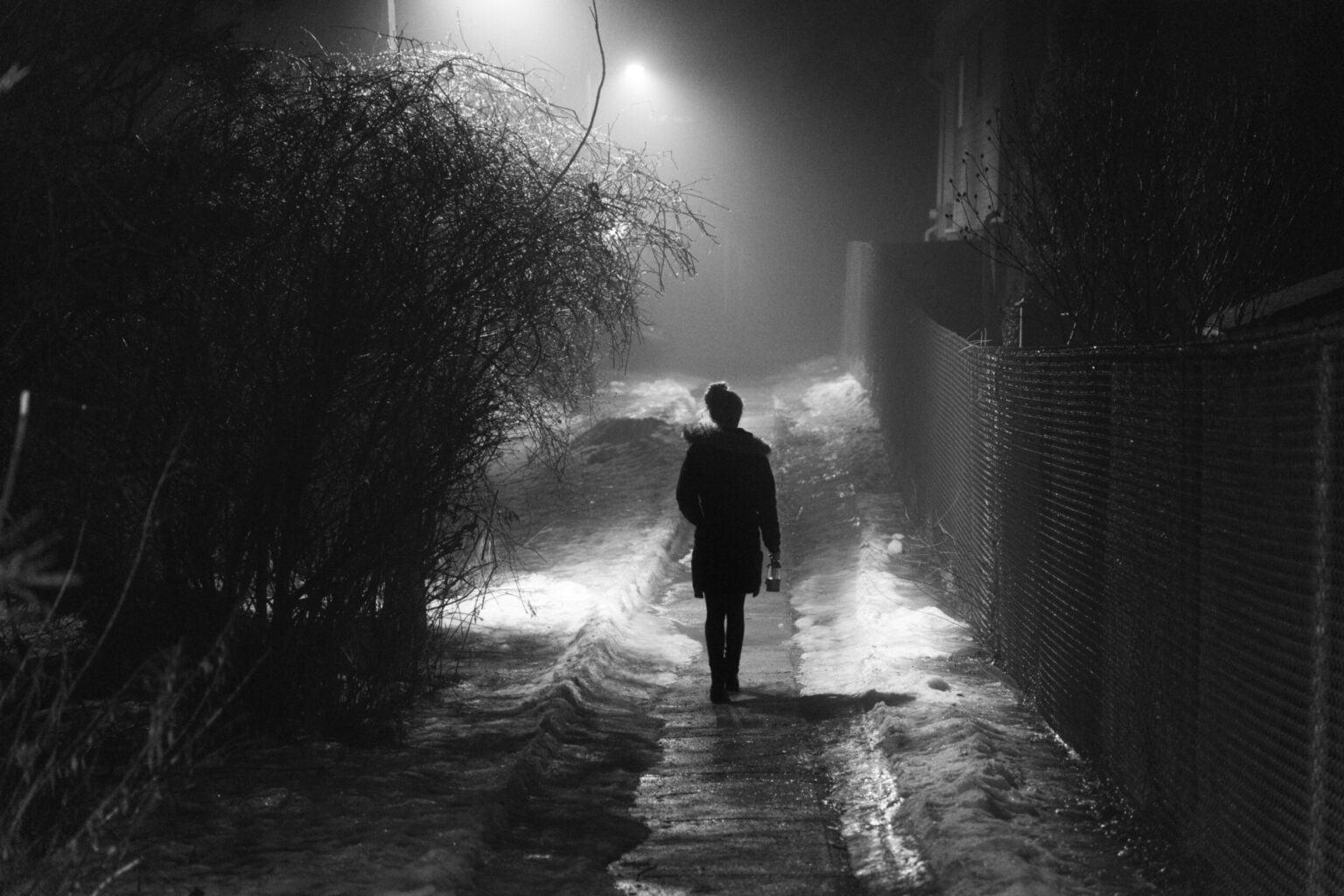
How prevalent is violence against women and girls in the U.K.?
The UN defines violence against women as “any act of gender-based violence that results in, or is likely to result in, physical, sexual or psychological harm or suffering to women, including threats of such acts, coercion or arbitrary deprivation of liberty, whether occurring in public or in private life.”
To show just how prevalent violence against women and girls is in the U.K. is, here are some key statistics1 :
- An estimated 1.6 million women in the U.K. experienced domestic abuse in the year ending March 2020.
- The CSEW estimated this figure increased to 2.4 million in the year ended March 2022.
- Approximately one in five adults has experienced domestic abuse since the age of 16 years.
- A woman is killed in the U.K. every three days at the hands of partners, friends, family or strangers.
- There has been a 13% increase in the number of women who are sexually assaulted in the year ending September 2021.
- 1 in 4 women have been raped or sexually assaulted as an adult.
- 1 in 6 children have been sexually abused.
- The highest ever number of rapes was recorded by police in the year ending March 2022: 70,330.
- Of these 70,330 reported rapes in 2022, charges were brought in only 2,223 cases
- In England and Wales each year, approximately 40 to 60 people convicted of rape have prior rape convictions.
- Only 1 in 6 women report a rape (which means that as 70,330 rapes were reported in 2022, the true figure could be closer to nearly 422k rapes in 2022).
- 618k women were sexually assaulted in the year ending March 2020 (that’s 1 out of 35 women each year).
- 5 in 6 rapes are carried out by someone known to the victim (partner, ex-partner, friend, colleague, family).
- 5.1 million women aged 18 to 74 were victims of some form of abuse as a child.
- 1 in 2 adult survivors of rape have experienced it more than once.
- 2 in 3 women aged 16 to 34 have been subjected to at least one form of harassment in 2021.
This is just the tip of the iceberg of the epidemic of violence against women and girls. And it’s imperative to remember that while these types of crimes disproportionately impact women, men are also victims of sexual and domestic abuse.
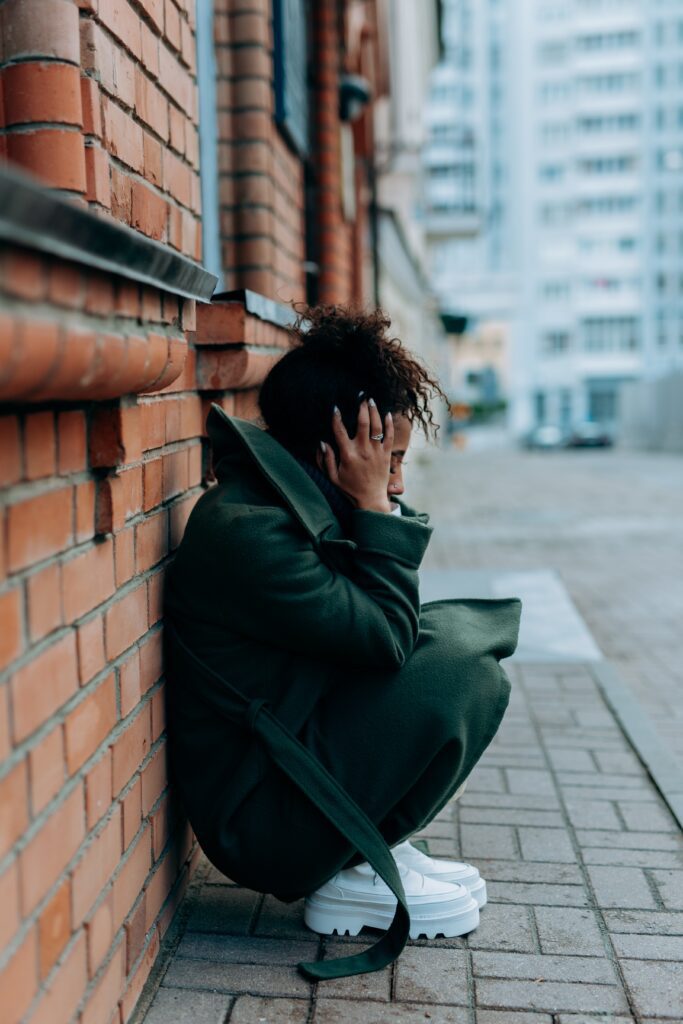
The impact of the COVID-19 pandemic on violence against women
Among the many failings of the government in tackling the pandemic, the one that most impacted women and girls was the complete lack of consideration for pre-existing inequalities, particularly for minoritised women. While for many of us, the lockdowns had a negative impact on our mental health and quality of life, for many abused women, it also meant putting their own lives at risk to protect the lives of others just by staying at home. These women were isolated to their homes with their abusers, cut-off from their support networks and they were also often unable to reach out for help in the ways they normally would.
There’s no doubt that the COVID-19 Pandemic has intensified violence towards women and girls all over the world, including in the U.K. A UN report published in 2021 shows that the pandemic and resulting lockdowns have exacerbated an already growing problem in many countries. In fact, the worldwide study has shown that 1 in 4 women (23%) said that COVID-19 has made things worse in terms of how safe they feel at home.
When measuring the impact of the pandemic on violence against women and girls, it’s crucial to also consider the impact of isolation and facilitated access during lockdowns to the dark web and violent pornography for some perpetrators.
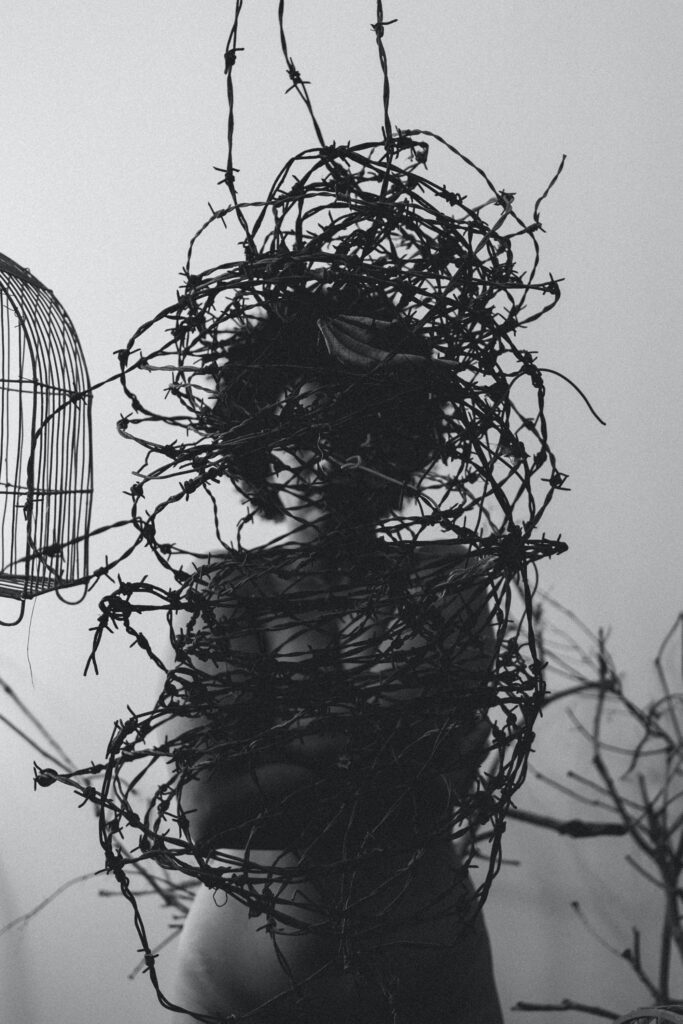
The impact of pornography on violence against women
Pornography increasingly depicts violent and degrading acts against women and it’s important to discuss this when considering the epidemic of violence against women and girls. As a matter of fact, violence against women in pornography occurs in approximately 87% of scenes with women responding favourably to such violence in 95% of these scenes2. And with young boys and men gaining increasingly easy access to these sites and scenes, their sexual education and development is largely formed around this violence. It forms a view of women as objects where one-sided consent is not only acceptable, but expected. Predictably, frequent views of mainstream pornography is associated with greater intent to commit rape3. And the issue of violence becoming mainstream in pornography extends beyond the realm of sexual violence. In a study of 271 women who have experienced domestic violence dating back to 2004, it was found that 30% of the abusers used pornography.4
All these statistics are based on U.S studies however it’s not much of a reach to imagine that a similar impact can be found on the U.K. population. As a matter of fact, the U.K. government commissioned a similar study prior to the pandemic entitled ‘To what extent does existing evidence establish a relationship between the use of pornography and negative attitudes and behaviours, including harmful sexual behaviours, towards women and girls?’. Similarly, this study found evidence of a relationship between pornography use and violent attitudes and behaviours towards women. And whilst pornography alone cannot be blamed for the rise in violence towards women and girls, these studies find a definite causality between the two.
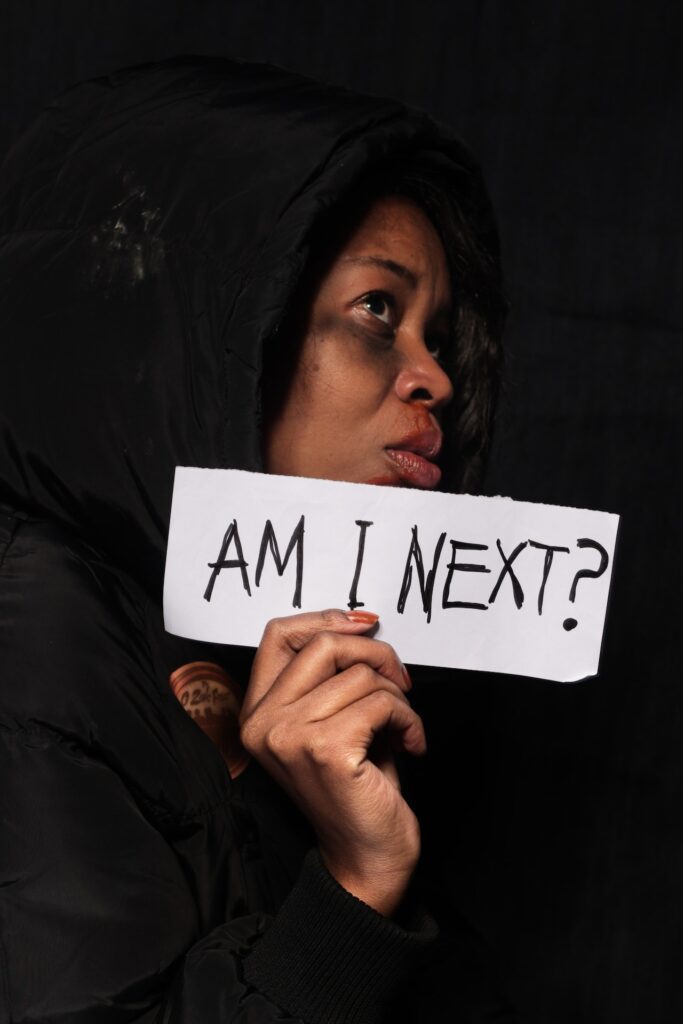
What is being done to address violence against women and girls in the U.K.?
There’s no doubt that the U.K. government is aware of the epidemic of violence against women and girls and trying to take steps to make women feel safer. But how fruitful are their efforts and are women starting to feel safer in the streets of the U.K?
A staggering 32% of women do not feel safe in the streets alone at night and will actively avoid it if they can (compared to only 13% of men)5. The government has attempted to tackle the issue of street safety for women in the aftermath of the murder of sisters Bibaa Henry and Nicole Smallman and Sarah Evrard among countless others, by introducing their StreetSafe tool. This tool lets users report anonymously any places they have felt unsafe by completing an online questionnaire. However as commendable as this initiative is, the burden falls again on women to check how safe certain routes and areas are and does very little to tackle the fundamental system reforms required for any true improvement in women’s safety.
With thousands of reported cases of sexual abuse and domestic violence involving Met officers currently under investigation, it’s easy to see how inadequate the system is at protecting women and victims of such crimes. This is more than a few ‘bad apples’ or ‘lone wolves’ as they like to call it. These men have been supported and encouraged by the sexist culture in deeply misogynistic institutions. The very systems meant to protect women is not only failing at preventing violence but is also failing at protecting and supporting existing victims with only 1.4% of rape cases reported to the police resulting in summons or charges. This institutionalised misogyny has led to spine chilling reports of officers sharing photographs on Whatsapp groups of the bodies of Bibaa Henry and Nicole Smallman. Or even more recently reports of firefighters taking pictures of car crash victims and making comments about the underwear the women were wearing when they died.
It’s clear to see what is needed to help tackle the epidemic of violence against women and girls as a matter of national emergency is a complete system reform starting at the very top. The system was built to serve and protect and has been allowed to develop into a deeply misogynistic system turning a blind eye to the actions of those they consider their own. Women are not protected, they are at best ignored and at worst victim blamed and abused by the very institutions meant to protect them.
READ MORE: The Everyday Sexism Project.
Finding Help
If you or someone you know has experienced abuse, help is available:
- If you feel unsafe call 999 and ask for the police
- If you cannot use a voice phone you can text REGISTER to 999 and you will receive a text message which tells you what to do next
- Refuge can be called for free 24 hours a day on 0808 200 0247
- National LGBT+ Domestic Abuse Helpline – 0800 999 5428 (run by Galop)
- Women’s Aid offer information and support via a live chat which can be accessed via their website
- Welsh Women’s Aid can be called on 0808 801 0800
- The Forced Marriage Unit can be contacted on 020 7008 0151
- Mind can be called on 0300 123 3393 or emailed at info@mind.org.uk
- Rape Crisis can be called on 0808 802 9999
- The National Stalking Helpline can be called on 0808 802 0300 (run by Suzy Lamplugh Trust)
- Samaritans can be called on 116 123 or emailed at jo@samaritans.org
- The Survivors Trust can be called on 0808 801 0818
- Victim Support can be called on 0808 168 9111
- Respect provide an advice line for male victims of domestic abuse it can be called on 0808 8010327
- Respect also offers a helpline for people who are worried they may be perpetrating domestic violence it can be called on 0808 802 4040
Sources:
1ONS, Rape Crisis England & Wales
2 Ana J. Bridges, Robert Wosnitzer, Erica Scharrer, Chyng Sun, and Rachael Liberman, “Aggression and Sexual Behavior in Best-Selling Pornography Videos: A Content Analysis Update,” Violence Against Women 16, no. 10 (2010): 1065-1085
3 Foubert, J., Brosi, M., & Bannon, S. (2011). Pornography viewing among fraternity men: Effects on bystander intervention, rape myth acceptance & behavioral intent to commit sexual assault. Sexual Addiction & Compulsivity, 18: 212-231.
4 Janet Hinson Shope, “When Words Are Not Enough: The Search for the Effect of Pornography on Abused Women,” Violence Against Women 10, no. 1 (2004): 56-72
5 European Social Survey

